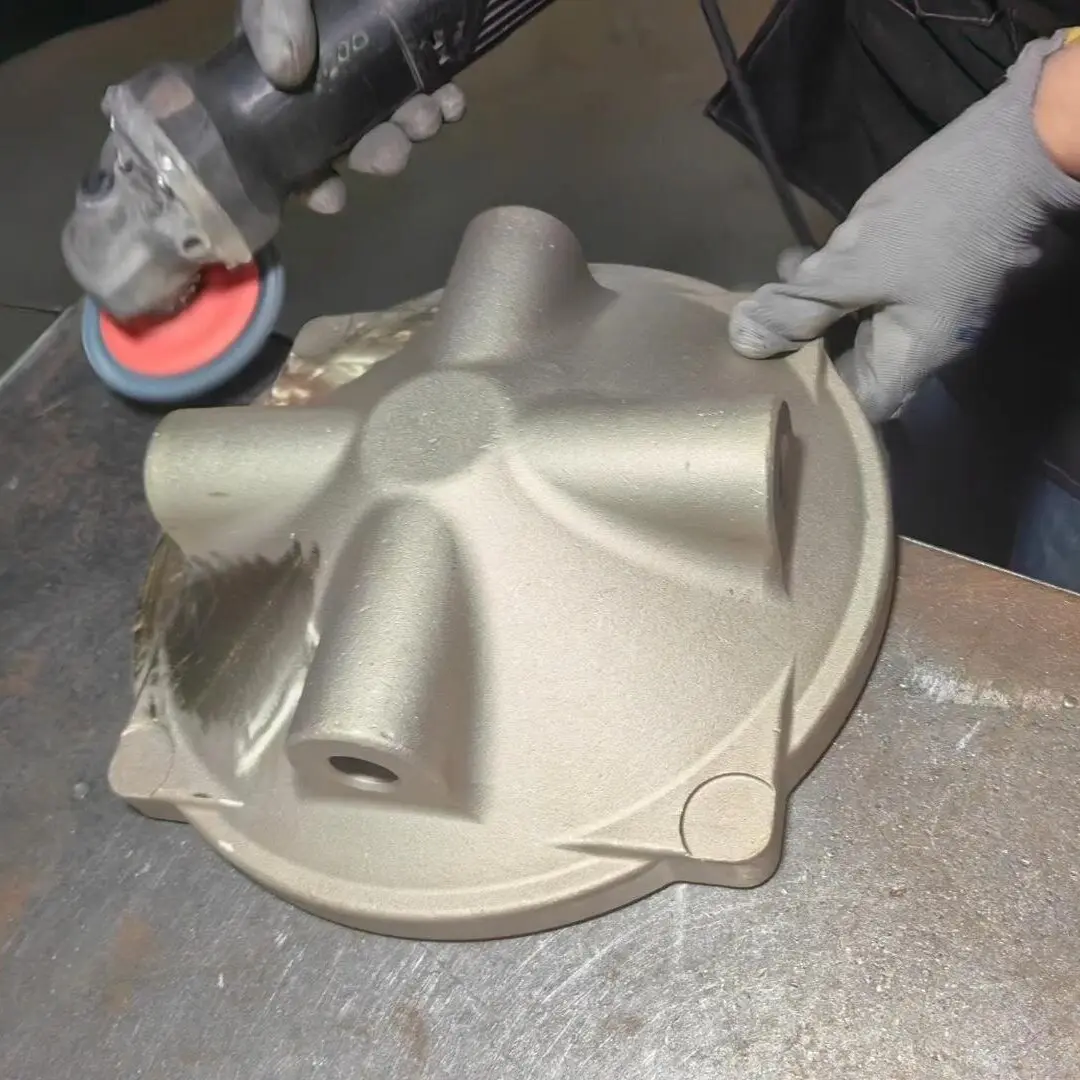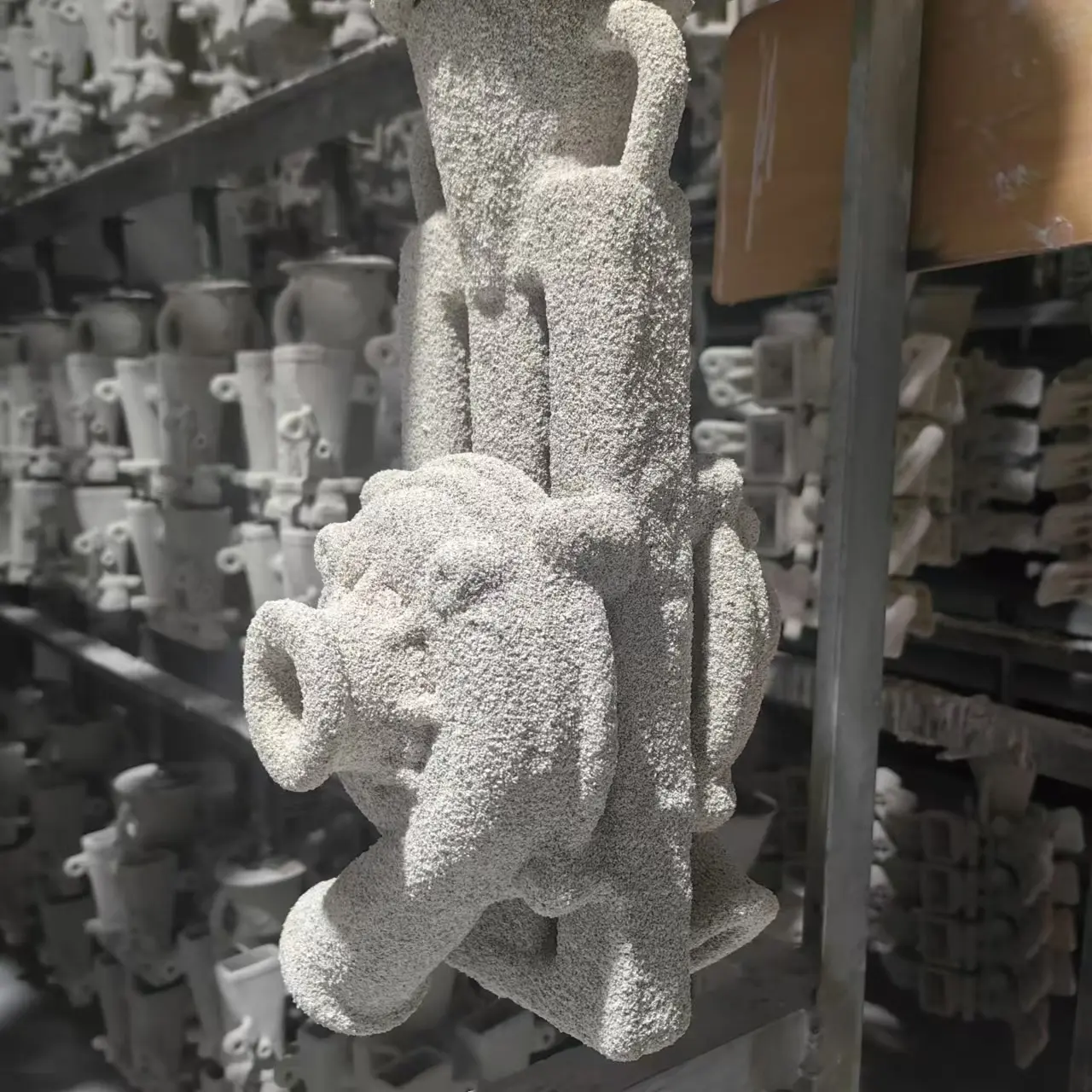
Understanding the Advantages of Silicone Sol Precision Casting
Silicone sol Precision Castings offer remarkable benefits in modern manufacturing. They provide high precision, ensuring that each component meets exact specifications. The smooth surface finish achieved through this method enhances the aesthetic and functional quality of the final product. Additionally, the versatility of silicone sol precision castings allows for the creation of complex shapes and designs, catering to diverse industrial needs. These advantages make silicone sol precision castings an essential technique for industries aiming to achieve superior quality and performance in their products.

Understanding the Silica Sol Investment Casting Process
Silica sol investment casting stands as a precise manufacturing method that utilizes a silica sol solution to create casting molds. This process, often referred to as silicone sol precision castings, plays a crucial role in the manufacturing industry. It allows for the creation of intricate and complex shapes with remarkable accuracy. Manufacturers rely on this technique to achieve high precision in their products, ensuring that each component meets stringent quality standards. The ability to produce detailed and complex geometries makes silica sol investment casting an invaluable tool in modern manufacturing.

Silicone Sol Precision Castings: Master Temperature Control
Temperature control plays a crucial role in silicone sol precision castings. It directly influences the quality and efficiency of the Casting Process. Proper temperature management ensures minimal deformation and maintains the integrity of the wax mold. This precision leads to superior casting results. By controlling temperature, manufacturers can reduce residual stress, enhancing the final product's quality. Effective temperature regulation also optimizes the interaction between the casting material and the die, ensuring optimal outcomes. Mastering temperature control in silicone sol precision castings is essential for achieving high-quality results.

Silicone Sol Precision Castings: Your Ultimate Guide
Silicone sol precision castings represent a sophisticated manufacturing technique. This method uses a wax pattern to create intricate shapes with remarkable accuracy. The process involves forming a metal die, injecting wax, and crafting a replica of the desired product. Its significance in precision casting lies in its ability to produce components with minimal cutting requirements. This efficiency results in high-quality castings with superior surface finishes. Industries rely on this method for its precision and versatility, making it a cornerstone in the production of complex parts.

Tin Bronze Alloys: Which is Best for Heat Exchanger Parts
Choosing the appropriate tin bronze precision castings for heat exchanger parts is essential for achieving optimal performance and longevity. Tin bronze alloys, renowned for their excellent corrosion resistance and mechanical strength, provide significant benefits in high-temperature applications. With a high tensile strength ranging from 450 to 780 MPa, they are ideal for components that demand durability and wear resistance. Furthermore, these alloys offer superior thermal conductivity, which is crucial for efficient heat transfer. When considering tin bronze precision castings for heat exchanger parts, it is important to carefully evaluate factors such as cost, mechanical properties, and environmental conditions.

Navigating Tin Bronze: A Guide for Industrial Applications
Selecting the right tin bronze alloy is crucial for industrial applications due to its versatile properties. Tin bronze, a copper-based alloy with tin as the primary element, offers excellent mechanical properties and corrosion resistance. Industries value it for its durability and robustness, making it ideal for components like bearings, bushings, and gears. The alloy's suitability in high-load, low-speed scenarios enhances its appeal. For applications such as Tin bronze precision castings, heat exchanger parts, understanding the specific requirements and matching them with the appropriate alloy ensures optimal performance and longevity.

Understanding Tin Bronze: A Guide to Industrial Applications
Tin bronze, an alloy primarily composed of copper and tin, plays a pivotal role in various industrial applications. This alloy typically contains between 50% and 90% copper, with tin as the main additive element. Its unique composition grants it excellent corrosion resistance, making it ideal for environments that demand durability and reliability. Industries utilize tin bronze for its strength and versatility, particularly in manufacturing components like bearings, bushings, and gears. Understanding the applications of tin bronze, such as in tin bronze precision castings, heat exchanger parts, is crucial for achieving industrial success and innovation.

Tin Bronze Castings for Heat Exchangers
Tin bronze stands out as an ideal choice for heat exchangers due to its exceptional properties. Its high thermal conductivity ensures efficient heat transfer, while its corrosion resistance guarantees durability in various environments. These characteristics make tin bronze precision castings, heat exchanger parts, highly reliable. Additionally, the material's high melting point, ranging from 900 to 950 degrees Celsius, allows it to withstand extreme temperatures. This combination of features not only enhances performance but also extends the lifespan of heat exchanger components, making tin bronze a valuable asset in industrial applications.

What Are the Key Properties of Tin Bronze Alloys
Tin bronze alloys, primarily composed of copper and tin, exhibit remarkable properties that make them indispensable in various industries. These alloys boast high mechanical strength, excellent corrosion resistance, and impressive wear resistance. Such attributes ensure their suitability for demanding applications like gears, bearings, and bushings. The high tin content enhances their tensile strength and durability, making them ideal for heavy-duty uses. Furthermore, tin bronze precision castings, heat exchanger parts, and other components benefit from their dimensional stability and low friction coefficient, ensuring efficient performance in diverse environments.

Tin Bronze vs Other Alloys: Which is Best for Oil Pump Parts
Tin bronze stands out as the premier choice for oil pump parts. Its exceptional corrosion resistance, durability, and self-lubricating properties make it indispensable in this application. The global market for tin bronze, valued at nearly USD 9 billion in 2017, continues to grow, reflecting its importance and reliability. Tin bronze precision castings, oil pump parts, and other components benefit from its high strength and ability to withstand large loads. Selecting the right material, such as tin bronze, ensures the efficiency and longevity of oil pumps, making it a cost-effective alternative to other alloys.















